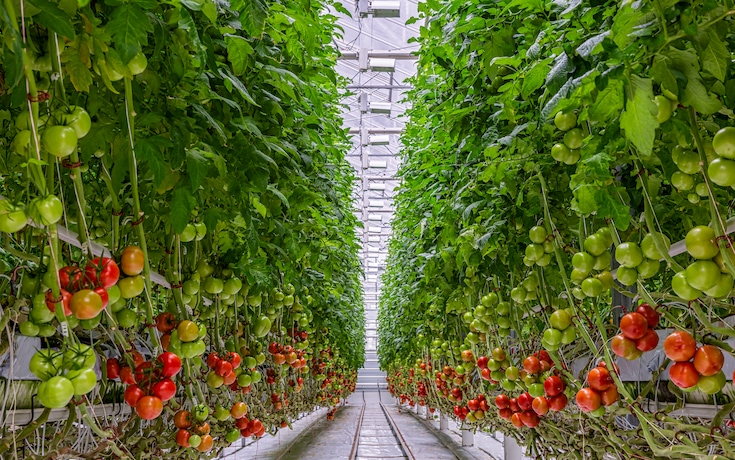Our Hydrogen Technology
Our innovative technologies coupled with decades of experience and unrivaled infrastructure, make us well suited to take an active role and support in the transition to clean energy.
Continue Exploring
The captured gas can be further purified and liquefied for commercial use - for example, as food-grade CO2 for the production of food and beverages, as a feedstock for the production of commodities like methanol or urea or in greenhouses. Alternatively, it can be stored underground (sequestered) as a carbon abatement measure.
Blue Hydrogen is produced by applying a carbon capture step into the production of hydrogen via steam methane reforming. With this additional step, up to 95% of the carbon can be captured, resulting in low-carbon hydrogen.
Industries face the challenge to decarbonize their value chains. Implementing carbon management technology into industrial processes helps future-proof businesses. Watch the video below to find out more.
Linde & BASF team up to innovate carbon capture